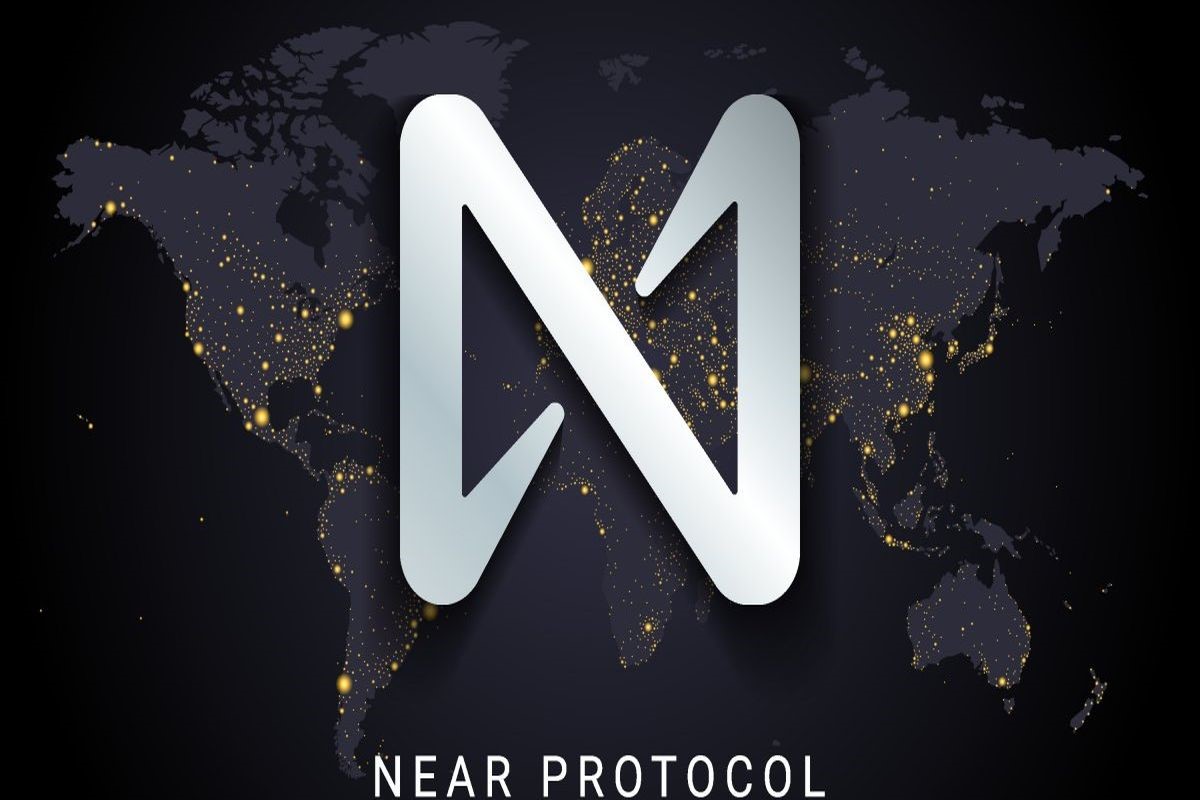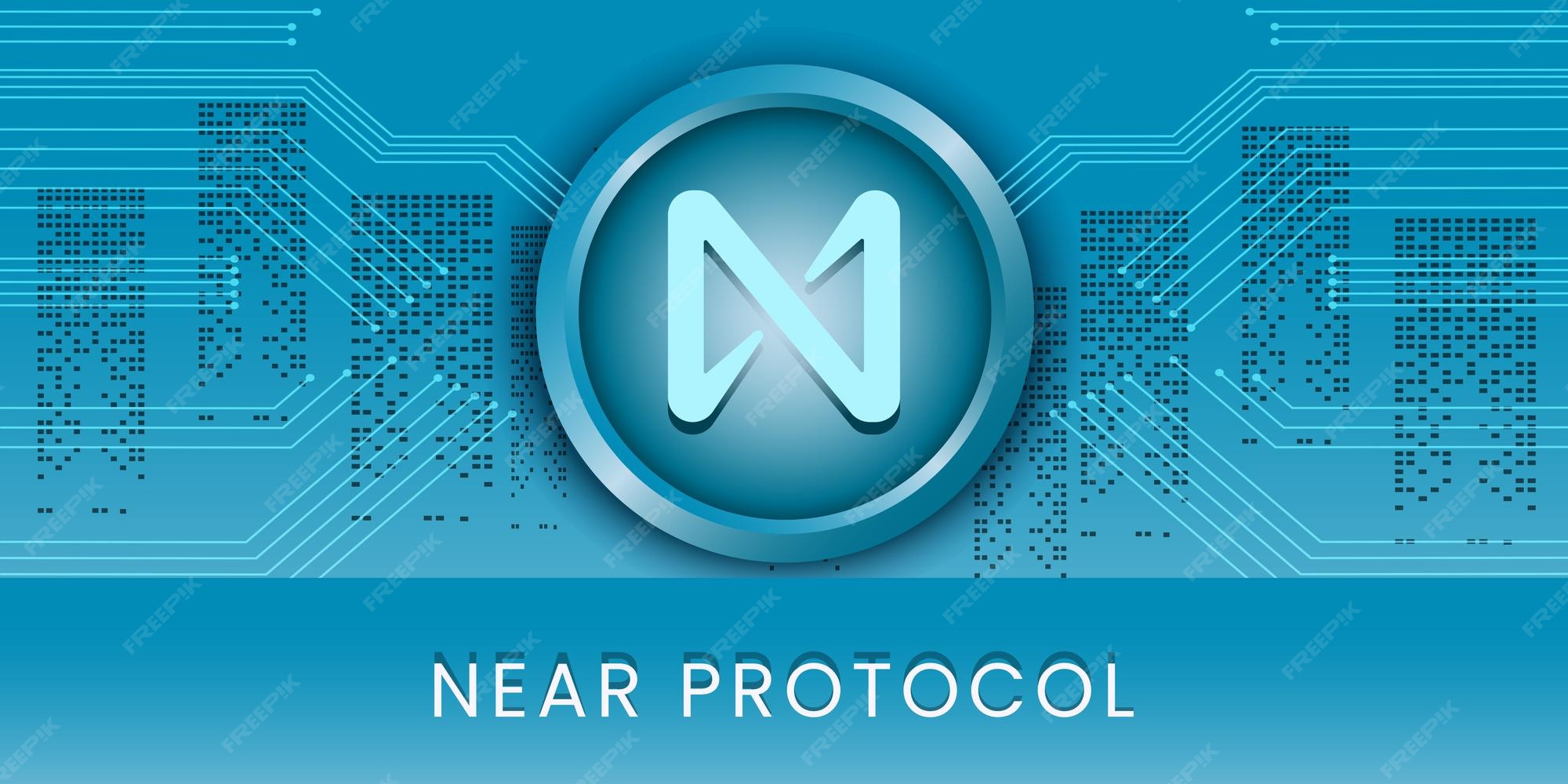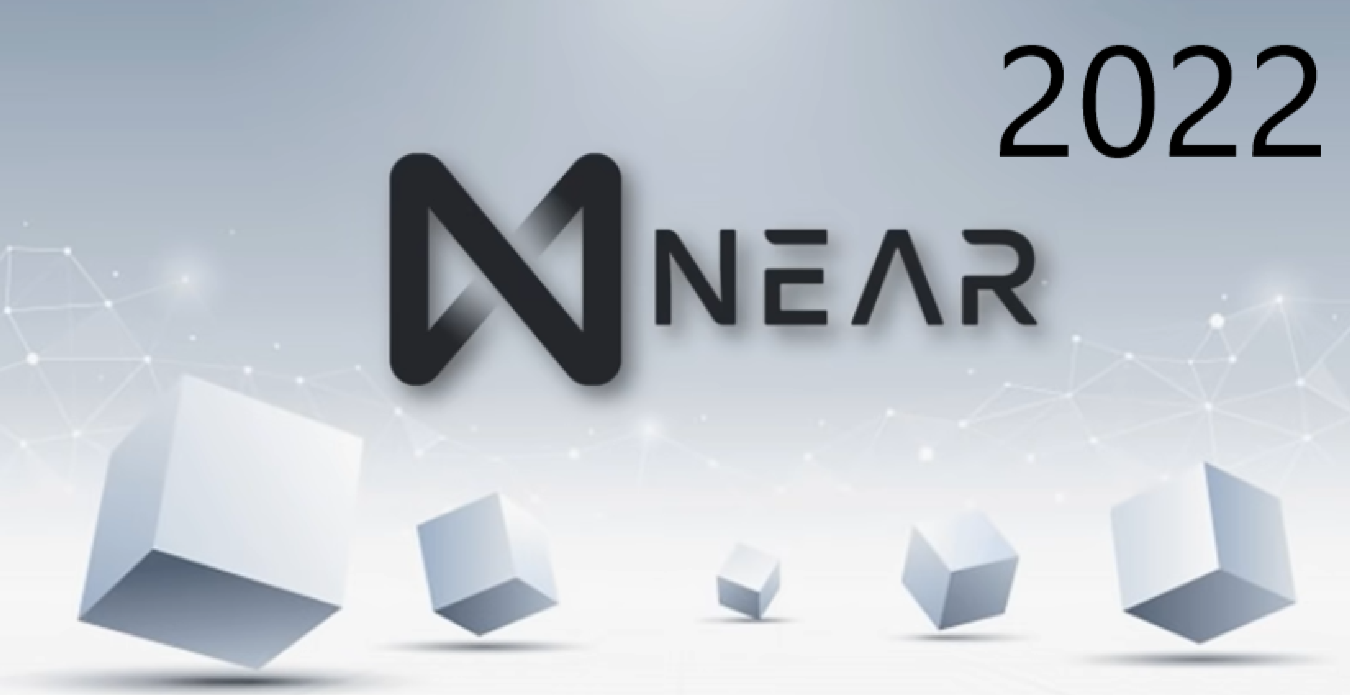NEAR Protocol is a viable solution for anybody who wants to develop decentralized applications. The software incentivizes a network of computers to operate a platform for developers. What if there is a way to develop decentralized applications without getting worried about the complexity and cost of running your network?
Near is a new software that lets developers develop their decentralized applications affordably. With this protocol, you can build decentralized applications (dApps) on top of a secure and scalable network. It enables all developers to launch their dApps without having to worry about the underlying ecosystem.
This protocol is a blockchain protocol that supports scalable, fast, and user-friendly decentralized applications. Powered by a sharded Proof-of-Stake (PoS) consensus mechanism that enables the network to process transactions rapidly and securely, the NEAR Protocol also includes components like state sharding and cross-shard communication, which makes it highly scalable.
The Near protocol token (NEAR) is the native currency of the Near protocol blockchain. The token is used to pay for many platform-related costs including transaction fees.
NEAR tokens are needed for staking, enabling users to earn rewards for directly being involved in the consensus process and thy help in securing the network. Furthermore, these tokens can also be used to vote on governance decisions and help in shaping the protocol’s future.
The team behind this project consists of experienced researchers and developers from different backgrounds including cryptography, software engineering, blockchain, and distributed systems. The team works from San Francisco and is backed by several renowned crypto investors and venture capitalists.
In that context, the primary objective of the NEAR Protocol is to make it quite easy for developers to develop and launch various decentralized applications. The protocol is designed to be efficient and scalable and sharding enables the network to process many transactions.
Related: What Are Layer 2 Scaling Solutions?
Near Protocol Overview
It is described as a sharded proof-of-stake (PoS) blockchain protocol for open-source smart contracts. Developed by experienced academics and engineers from Google, Cornell, and MIT, Near Protocol, has one primary goal: to make it considerably easy for everyone to build fast and highly scalable decentralized applications.
The idea for this protocol came in early 2017 when co-founders Illia Polosukhin and Alex Skidanov worked on scaling solutions for Ethereum (ETH). They noted that the existing blockchain protocols were not adequately suited for building large-scale applications as a result of their slow performance and exorbitant fees.
They decided to design a new protocol that would be highly efficient and user-friendly. After about two years of research and development, NEAR Protocol was unveiled in April 2019. It is powered by the NEAR token that is used to cater to gas costs and transaction fees.
The protocol is efficient, scalable, and easy to use. It utilizes sharding to divide transactions among many nodes, making it quicker than other blockchain protocols. Since it is PoS, it does not need energy-intensive mining operations.
These developers led by co-founders Alex Skidanov and Illia Polosukhin were committed to making the new project a success. Polosukhin is a major contributor to the EOS project while Skidanov is a former engineer at Facebook and Google. This team is backed by several notable investors like MetaStable, Andreessen Horowitz, and Electric Capital.
How Does Near Protocol Operate?
Near protocol is powered by a new and innovative consensus algorithm known as “Adaptive Proof of Stake” (APoS) that supports fast and secure transaction processing without any energy-intensive mining. Furthermore, it features state sharding which enables horizontal scalability and makes it possible to process thousands of transactions each second.
To run a dApp on Near, developers first have to create an account on the network. After the account is created, developers can deposit their tokens that they can then use to pay for transaction fees or staking rewards.
After the account is funded, developers can then publish their dApp on the network. To achieve that, they first have to set up a ‘contract,’ a piece of code that specifies the dApp’s utility and functionality. After the contract is developed, it can be readily deployed to the network and accessed by all who own an account on the network.
Contracts powered by Near Protocol are written in different languages, including AssemblyScript, Rust, and Solidity. Nonetheless, this protocol is language-agnostic, which means that any language can be utilized in the creation of decentralized applications on Near Protocol.
The protocol consists of a built-in programming language known as “Move”, which comes in handy when writing smart contracts. Notably, this move is a statically typed language that is designed to be easy to use and secure. Furthermore, it is Turing complete which means that it can be used to write any type of decentralized application.
After a contract is developed, it can get deployed to the network and accessed by anybody who owns an account on the network. The transactions on the Near platform are processed in blocks that are developed after every 10 seconds.
Every block on Near has a list of transactions that are processed by the network nodes. Two types of nodes exist, which include full nodes and validators. Full nodes store the history of the network while validators process transactions and maintain the state of the network.
Near Protocol Technology
This protocol is based on the Proof of Stake consensus algorithm. With PoS, validators stake tokens to secure the network. The more tokens staked, the bigger the probability of becoming a block producer and earning rewards.
The Near platform is powered on three key principles: scalability, accessibility, and security.
- Scalability – the Near platform is scalable due to the unique consensus algorithm that lets it process thousands of transactions each second. That makes it perfect for developing decentralized applications that need instantaneous finality.
- Accessibility – the protocol is user-friendly and accessible to everyone, irrespective of technical expertise. It consists of an intuitive development environment and tooling together with a vibrant community of builders.
- Security – the Near protocol platform is secured entirely by the Near Foundation Treasury which funds the development of the protocol and offers financial incentives to the validators who secure the network.
Projects Powered By Near
Being one of the youngest protocols on the market today, Near is created with flexibility in mind. It means that most of the projects are already being supported by the protocol that takes advantage of its unique benefits and features.
Metabase is one of those projects. It is a non-fungible token (NFT) minting platform that enables users to develop and sell their own non-fungible tokens. That is made possible by Near’s support for smart contracts, which makes it easy to manage and create digital assets.
Flux is another project that uses Near’s capabilities. The protocol lets developers create markets based on commodities, assets, and real-world events. It becomes possible by utilizing Near Protocol’s decentralized exchange (DEX) that supports fast and secure trading of the assets.
The third project is known as Narthex, a decentralized application store enabling users to discover and use dApps built within Near. This is possible by the use of Near’s account system which makes it quite easy to manage and use the applications.
Related: Prime Lab Launches Automated Indexer Deployment Utility for NEAR Protocol
Another project that uses Near’s capabilities is known as Locus Chain. This blockchain platform is designed to support decentralized application development. Locus Chain uses Near’s smart contract functionality that makes it easy to develop and operate these decentralized applications.
There is also the project known as Bricks & Mortar. The decentralized marketplace lets users buy and sell real estate using Near’s decentralized exchange that supports fast and secure trading of the assets.
These are a few of the major projects powered by the Near protocol. As the platform continues gaining popularity, more projects are set to befit from its unique features.
NEAR Token
The token is a native of the NEAR Protocol with a total supply of 1 billion tokens. As of July 2022, the token has a circulating supply of 733 million with the remaining 270 million locked up in the Near Foundation endowment fund.
NEAR’s main use case is staking by validators and nominators who secure the network and earn rewards. Hence, it has a high degree of liquidity and is traded on several exchanges, including Kraken, Binance, and Gate.io.
NEAR tokens are used to pay transaction fees on the network with the fees being paid in proportion to the computational resources needed to execute a transaction. That makes NEAR one of the most effective and efficient blockchain protocols with regard to transaction costs.
NEAR’s main features include:
- Scale horizontally since more nodes join the network as a result of sharding technology;
- EVM compatibility, which means it can run Solidity smart contracts;
- Quick transaction finality.
Pros And Cons Of Near Protocol
The protocol supports high-performance decentralized applications. Some of the benefits of using the platform include:
- Developers friendly – Near protocol has an easy-to-use development platform enabling developers to build decentralized applications effectively.
- Scalability – The protocol can handle 10,000 transactions per second making it significantly quick compared to other blockchain protocols like Ethereum.
- Security – Near protocol utilizes cryptography to secure its transactions and data. It makes it more secure than other protocols that do not use the security measure.
Related: Blockchain Security and Innovation According to the Telos Blockchain Team
Some shortcomings come with using the Near protocol. They include:
- Complexity – this protocol is more complex than some of the other protocols. That can make it more challenging for users to understand how it operates.
- Lack of support – Near Protocol is a new protocol that lacks the support of major wallets and exchanges. It may be challenging to find places to buy, sell, and trade NEAR tokens.
In general, Near Protocol is a promising blockchain protocol with lots of benefits. Nonetheless, it is still early in development, and some shortcomings need to be considered before using it.
The Takeaway
Near protocol is a next-generation sharding protocol that supports horizontal scalability for blockchain applications. It utilizes state sharding and blocks sharding to gain high transaction throughput while maintaining security, decentralization, and flexibility.
The developers have set up an innovative consensus algorithm known as “nightshade” which enables the network to function without needing any special hardware. It also has a virtual machine that enables it to readily deploy smart contracts.











